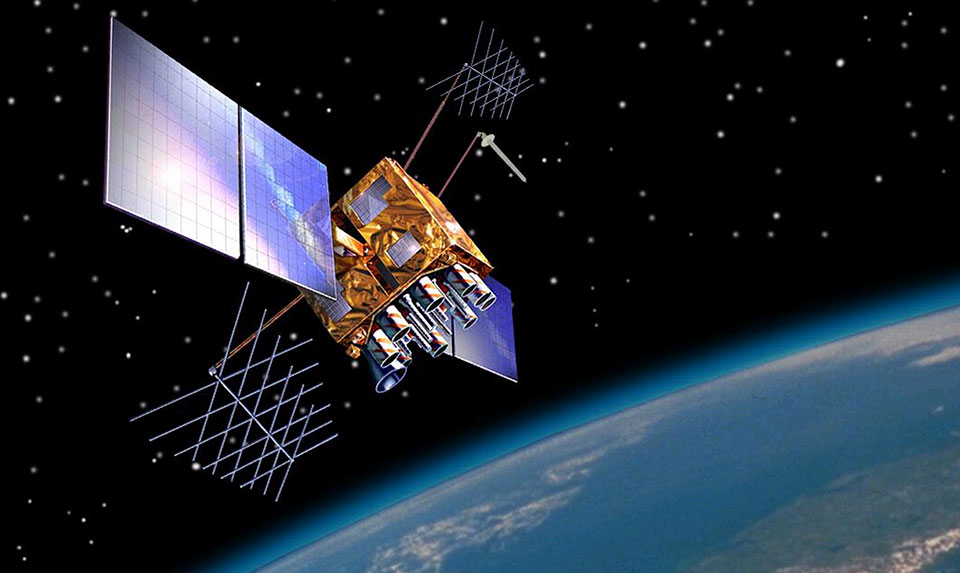OUTPUT DEVICES : DEFINITION, EXAMPLES, DESCRIPTION AND DIFFERENCES BETWEEN MONITOR AND PRINTER (SS1 NOTE)
OUTPUT DEVICES
DEFINITION, EXAMPLES, DESCRIPTION AND DIFFERENCES BETWEEN MONITOR AND PRINTER
DEFINITION OF OUTPUT DEVICES
Output devices are devices that enable the computer to communicate the results of data processing carried out by it to the user. These devices enable the computer to display text, graphics (pictures and images) and produce sound.
Examples of Output Devices are:
1. Monitor
2. Printer
3. Speaker
4. Plotter
5. Braille embosser
6. Projector
7. GPS (Global Positioning System)
1. Monitor : The monitor, also called Visual Display Unit (VDU) is a TV-like structure attached to the System Unit through the VGA cable. It displays text and graphics (pictures and images). The content showing on the monitor is called a soft copy.
2. Printer: A printer is a device attached to the System Unit through the USB cable or other types of cable. It is used to produce the information (text, graphics, images, illustrations) showing on the monitor on paper, transparencies, and plastic. Such a printout is called a hardcopy.
3. Speaker : A speaker is a device used for producing sound captured by the microphone or music in mp3, wav, etc. formats. Speakers come in different forms such as headphones, earphone, canal phones, headset etc. and can also be used with portable devices such as mp3 player, mobile phones etc.
4. Plotter : A special type of printer used for printing drawings, charts, maps etc. using multi-colored automated pens. It is usually used by architects, engineers and surveyors. They are rarely used now and are being replaced by wide-format conventional printers, which can produce high-quality graphics.
5. Braille embosser:
This is a device that can generate printed material using the braille writing system for blind or visually impaired users. They press dots down onto a piece of paper to let a person using the braille system read by using their fingers. They are a form of assistive technology.
6. Projector:
This is an output device that takes images generated by a computer or Blu-ray player and reproduce them by projection onto a screen, wall, or another surface. In most cases, the surface projected onto is large, flat, and lightly colored. For example, you could use a projector to show a presentation on a large screen so that everyone in the room can see it.
7. GPS (Global Positioning System):
This is a global navigation satellite system that provides location, velocity and time synchronization. GPS is everywhere. You can find GPS systems in your car, your smartphone and your watch. GPS helps you get where you are going, from point A to point B. The GPS is owned and operated by the U.S. Department of Defense but is available worldwide.
IMPACT PRINTER | NON-IMPACT PRINTER |
Makes noise while printing | Does not make noise while printing |
Produces low quality images | Produces high quality images |
Uses ribbon to print | Uses ink (dry and wet) to print |
Does not have heating element | Has heating element that dries the ink on paper |
Prints only one colour at a time | Can print more than one colour at a time |
Has striking pins/heads that strike the characters or dots on paper | Does not have striking pin heads to strike characters on paper |
INKJET PRINTERs | LASER PRINTER |
They are very cheap and affordable | They are expensive |
They are usually slow in producing hard copies | They are very fast in producing hard copies |
They are portable | They are not too portable |
Not suitable for mass production | Suitable for mass production |
Useful in printing domestic application | Useful in printing domestic and commercial application |
MONITOR | PRINTER |
Has screen | Has no screen |
Uses no ribbon, ink, cartridge or toner | Uses ribbon, cartridge, ink or toner |
Uses no paper | Uses paper and printable medium |
Display texts, images and pictures | Prints text, images and pictures on paper |
Some have vacuum tubes or a liquid crystal | Has no vacuum tube or a liquid crystal |
Has no paper tray | Some have paper tray |
Class Activities
1. Define color monitor?
2. List two (2) examples of impact and non-impact printers
3. Differentiate between a monitor and a printer.
4. State two(2) differences between inkjet and laser Printers












Comments
Post a Comment